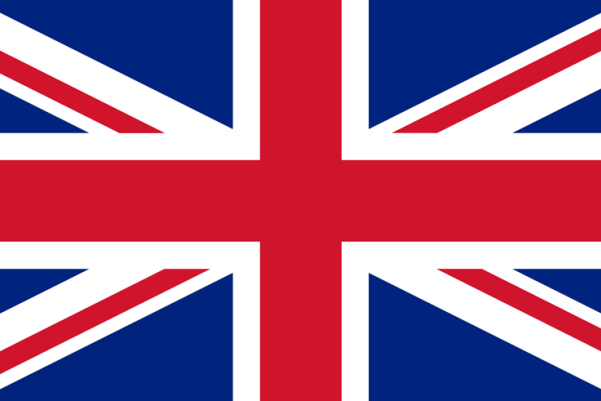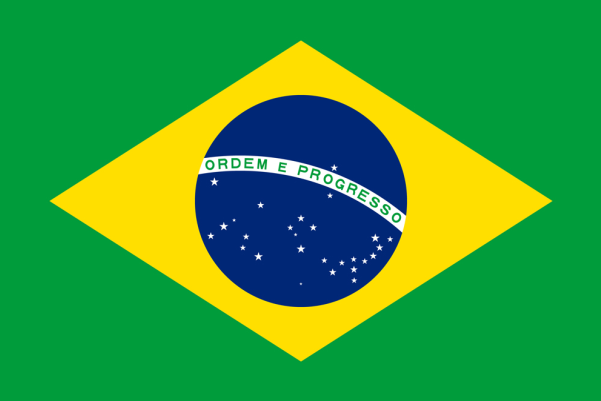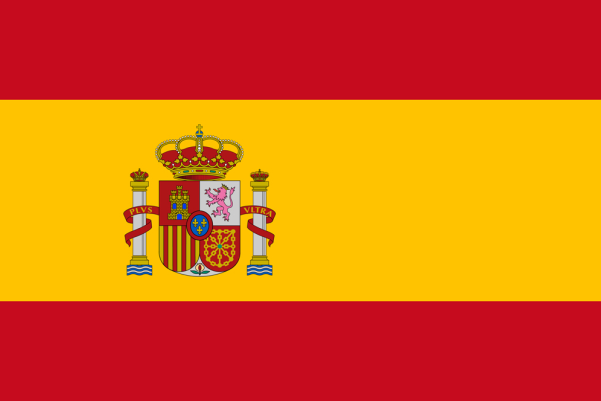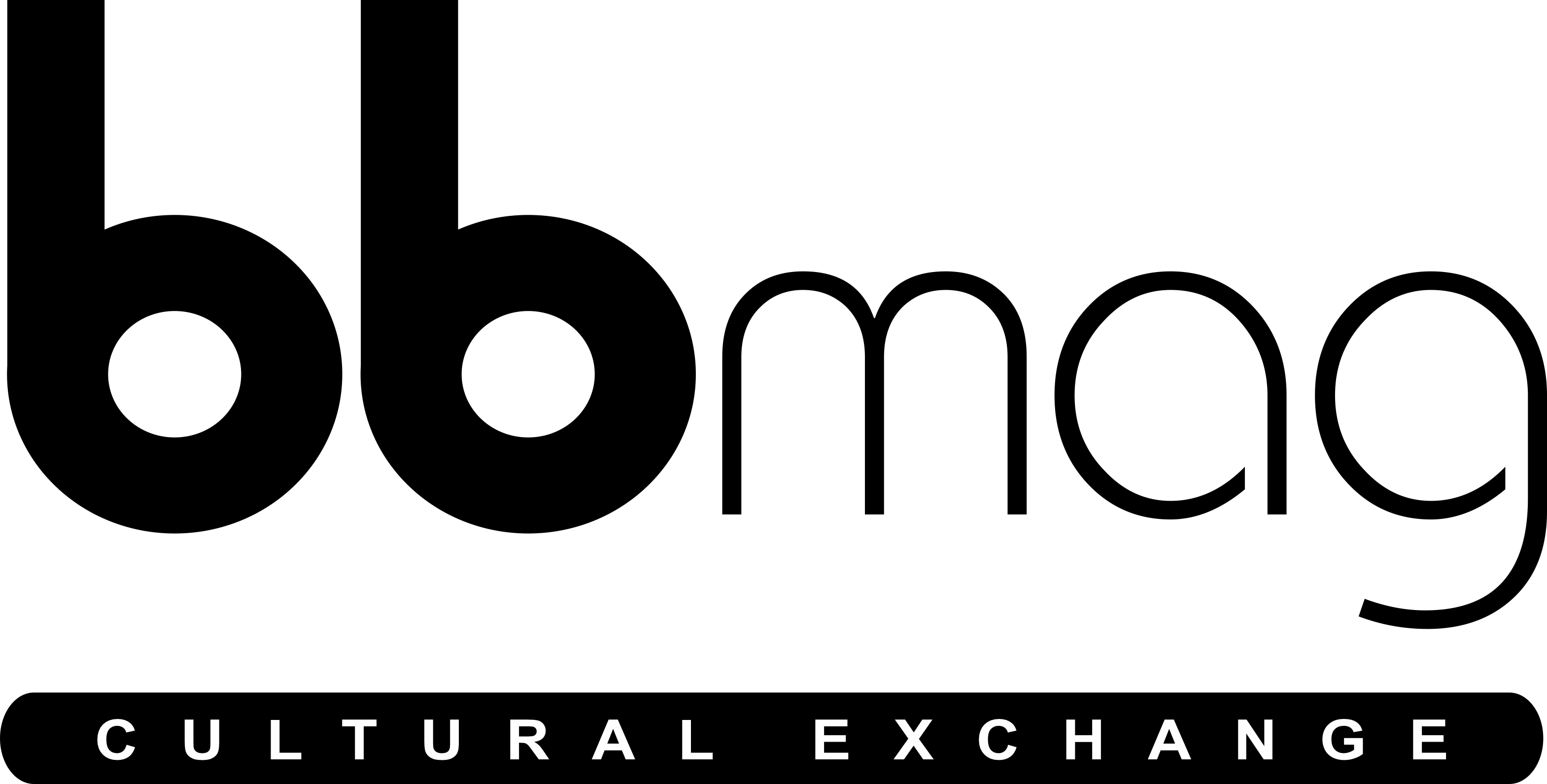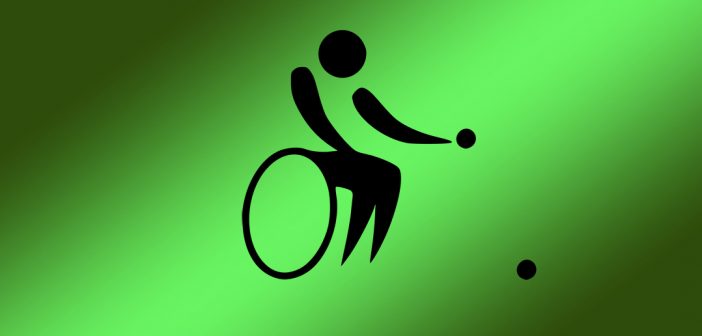A popular feature of the Paralympics, Boccia was introduced to the format in 1984.
The sport’s origin is difficult to determine, but it likely started out as an enjoyable past time in Ancient Greece or Egypt, going on to become a fully-fledged sport in Italy.
The object of the Paralympic version of the game is to throw coloured balls so that they land as close as possible to a white ball, called the jack. The rules permit players to use their hands, feet, auxiliary instruments, and in the case of athletes with problems moving their limbs, third-party help can be employed.
The red team always starts, by throwing the jack, then they have their first shot at getting a ball as close as possible to the target. The winning team is the one with the most points at the end, and the game is divided up depending on how many players are participating. Individual and doubles matches are played in 4 ‘ends’, and team matches go on for 6. If the match is a draw, an extra end is played to decide the winner.
The sport is played by male and female athletes who have cerebral palsy or severe disabilities, but the level of strategy employed is quite impressive, and the result of a game can often turn on a single ball, or wrong a decision.
For this year’s Paralympics, the first match will be on 10 September, in the Arena Carioca 2, Barra da Tijuca.
Interesting Facts
– The predecessor to the sport in the Paralympics was Lawn Bowls, not dissimilar to the sport’s current incarnation, with the main difference being the playing surface – grass. It was in this very sport, in fact, that Brazil won their first medal in the Paralympics, with the athletes Róbson Sampaio de Almeida and Luiz Carlos ‘Curtinho’, who won silver at the Heidelberg Games, in Germany, 1972.
The third-party helpers who act as auxiliaries for the athletes are usually their own parents.
For further information, access: https://www.rio2016.com/paralimpiadas/bocha
